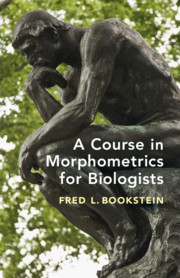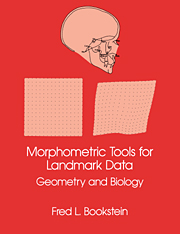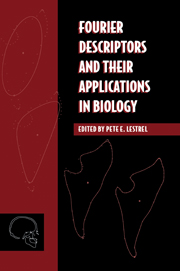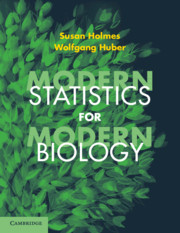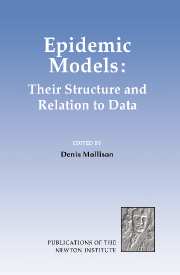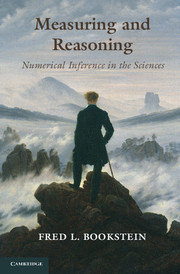A Course in Morphometrics for Biologists
This book builds a much-needed bridge between biostatistics and organismal biology by linking the arithmetic of statistical studies of organismal form to the biological inferences that may follow from it. It incorporates a cascade of new explanations of regression, correlation, covariance analysis, and principal components analysis, before applying these techniques to an increasingly common data resource: the description of organismal forms by sets of landmark point configurations. For each data set, multiple analyses are interpreted and compared for insight into the relation between the arithmetic of the measurements and the rhetoric of the subsequent biological explanations. The text includes examples that range broadly over growth, evolution, and disease. For graduate students and researchers alike, this book offers a unique consideration of the scientific context surrounding the analysis of form in today's biosciences.
- Introduces modern morphometric methods through historical context and demonstrates their applications
- Builds a single, common toolkit for the conversion of arithmetic into biological understanding
- Demonstrates analyzes of morphometric data, from the simplest to the most complicated, under a consistent philosophy of quantitative bioscientific inference
Reviews & endorsements
'This is a pioneering and outstanding book with its interdisciplinary style of presentation, which aids the reader's understanding of morphometrics (shape analysis) and explains how to apply its tools. It does not hesitate to use a wide variety of subjects to achieve its objectives: statistics, algebra and arithmetic. To make it a hands-on text, it also provides S+ code of the tools described. The text is very user-friendly as it is written in an informal and accessible style. The book will be essential reading for researchers and students in the area; it demonstrates exquisite scholarship and I cannot recommend this text more highly.' K. V. Mardia, University of Leeds
'This is a unique book; one that not only provides the basic formulae and concepts for undertaking quantitative data analyses, but also explains and illustrates the origins of these concepts, the controversies they embody, their links to other branches of science, and the personalities behind their creation. It's a marvellous tour de force and one I suspect few others could have written with such verve and authority. Required reading for anyone seeking to understand - and especially to teach - methods of linear data analysis generally and the analysis of morphological data in particular.' Norman MacLeod, The Natural History Museum, London
'This much-needed book provides an introduction to morphometric methods accessible to the biologist. Beyond an exposition of the basic machinery of morphometrics, Bookstein includes history, context, and a re-examination of the bases for morphometric analyses. A welcome contribution to the literature, this volume will be a mandatory and oft-referenced addition to both the novice and experienced morphometrician's library. After twenty years, I finally have a textbook for my courses in morphometrics. Outstanding!' Dennis Slice, Florida State University
'Statistics is the common language of the sciences, but few scientists speak it as fluently as Fred L. Bookstein. His new book starts by introducing the basic vocabulary of statistics - averages, correlation, regression - and continues to explain the foundations of multivariate statistics and geometric morphometrics. Even though written for advanced students, the historical, conceptual, and geometrical insights in this book will surprise even experienced scientists and statisticians.' Philipp Mitteröcker, University of Vienna
Product details
November 2018Hardback
9781107190948
544 pages
236 × 159 × 27 mm
1kg
Available
Table of Contents
- 1. What this book is about
- 2. Getting started
- 3. Multiple regression in general and in special settings
- 4. Transition to multivariate analysis
- 5. Geometric morphometrics.

